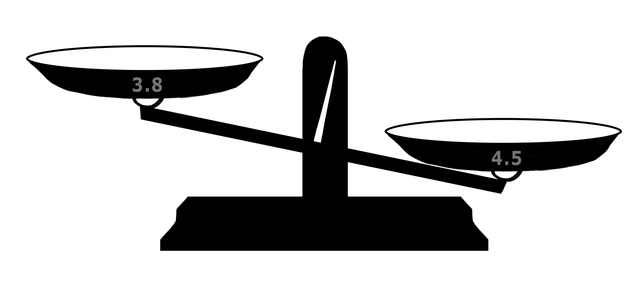Written by Sabrina Chen
GPA has enormous magnitude for many students. But what does that number mean, exactly? For some schools, it is a report of how many As, Bs, Cs, or Ds a student has on their transcript. But for most schools, it represents both the difficulty of the course load as well a student’s grades. Schools should report weighted GPAs to encourage risk-taking, reduce stress, give students access to merit scholarships and increase students’ chances of getting into colleges.
Reporting weighted GPA encourages students to challenge themselves and take harder classes. By giving students a 4.0 if they receive a B in a weighted class, weighted GPAs remove the pressure to get straight-As. Without the weighted GPA, students who choose to step out of their comfort zone are disadvantaged, as they may have a lower GPA than students who take easier courses. Earning a B in Advanced Placement (AP) Physics C is much harder than earning an B in Conceptual Physics, and the weighted GPA will reflect that. High school is the time to take risks, so that students know their true potential before heading off to college.
Weighted GPAs also give students access to scholarships and college admissions. Students without weighted GPAs are at a disadvantage for schools that use weighted GPAs for merit scholarships, such as the University of Oregon. Weighted GPAs will never be lower than unweighted GPAs, so colleges will see applicants in a better light if they have access to the weighted ones. According to National Association for College Admission Counseling, two-thirds of high schools use weighted GPAs, and in the Bay Area, only the Fremont school district does not send weighted GPAs. Weighted GPAs do not harm the college application process; rather, similar to interviews or optional essays, they give additional insight about applicants. Because weighted GPAs are only beneficial to students, they alleviate the stress associated with college applications and admissions.
Opponents might say that weighted GPAs lead to an arms race of loading up AP classes. While this may be true for some students, many also take AP classes for the sake of learning. Removing weighted GPAs will cause more stress. Students need to have an intrinsic sense of what they can handle and choose a balanced schedule on their own. In addition, according to Gunn’s Challenge Success survey, “no significant differences in stress-related physical symptoms were found based on student grade level or the number of AP/Honors courses taken.” Although stress and the health of students are a major part of the weighted GPA debate, studies show that there is no correlation between stress-levels and the number of AP classes taken. Thus, even though weighted GPAs might motivate students to take more honors and AP classes, they do not affect the wellness of students.
Furthermore, even without weighted GPAs, there is still competition to take challenging course-loads. Some may argue that weighted GPAs cause students to take too many AP classes. However, removing weighted GPAs isn’t the solution to this perceived problem. In every college application, students list the number of AP classes they take in high school. Students who “overload” on AP classes do so with or without weighted GPAs.
College admissions, stress-levels and courses taken are huge parts of students’ lives. Removing weighted GPA would only add to that stress by allowing less opportunity for students to take risks and restricting student choice in college choice and scholarship accessibility.













A • Nov 5, 2016 at 12:01 am
Weighted GPAs can be lower than unweighted GPAs. In fact, Paly has identified more than fifty students for whom this is the case.
The University of Oregon scholarship issue was solved, and the solution did not involve adding weighted GPAs on transcripts at all.